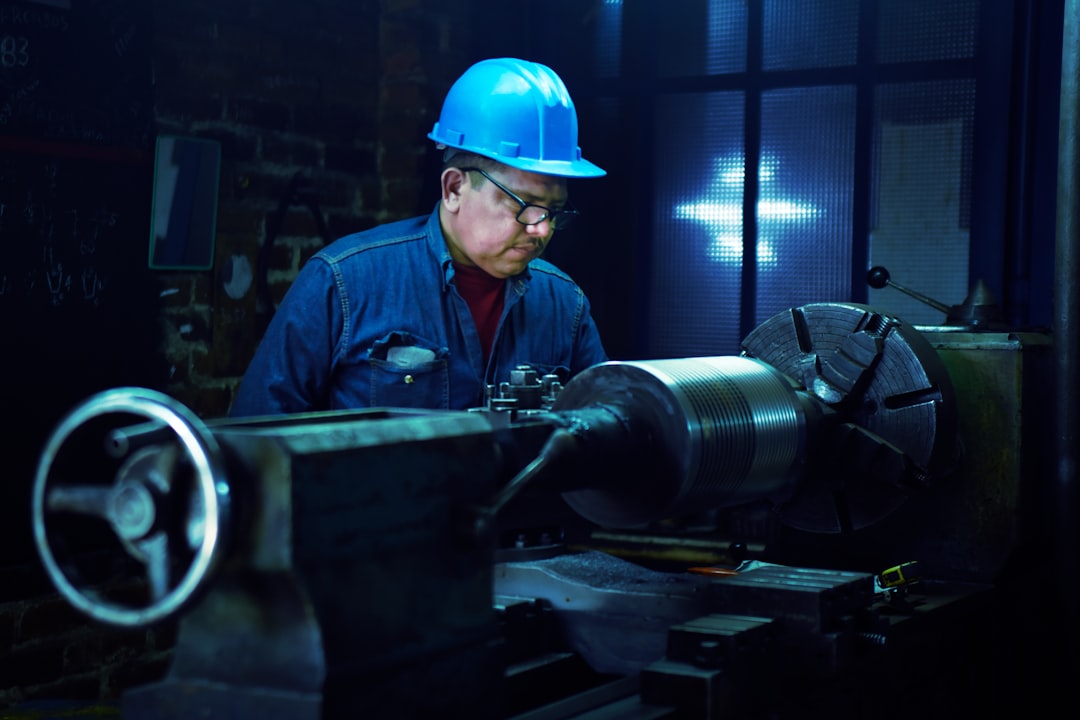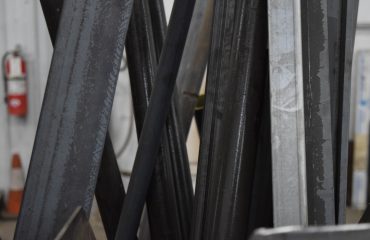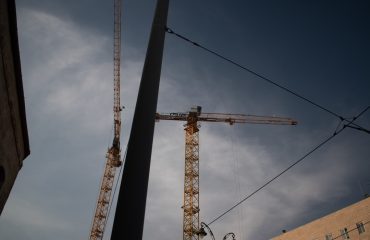The steel industry, long associated with high energy consumption and carbon emissions, is undergoing a remarkable transformation. Driven by environmental concerns and the need for sustainable solutions, the development and adoption of energy-efficient steel products are gaining significant momentum. This post delves into the various aspects of this exciting evolution, highlighting the innovations that are paving the way for a greener future.
1. The Energy Footprint of Traditional Steel Production: Understanding the Challenge
Traditional steelmaking is an energy-intensive process. The primary method, the basic oxygen furnace (BOF) process, relies heavily on coke (a fuel derived from coal) for heat generation. This process not only consumes vast amounts of energy but also releases significant quantities of greenhouse gases, primarily carbon dioxide. The production of iron ore pellets and the subsequent rolling and shaping of steel also contribute to the overall energy demand. Understanding this substantial energy footprint is the first step towards developing effective solutions.
Furthermore, the transportation of raw materials and finished products adds to the environmental impact. The sheer volume of materials involved in steel production necessitates efficient logistics and transportation methods to minimize the carbon footprint associated with this aspect of the supply chain. This includes exploring options like using more fuel-efficient vehicles and optimizing transportation routes.
2. Innovative Steelmaking Processes: Reducing Energy Consumption
Significant advancements are being made in steelmaking technologies to reduce energy consumption and carbon emissions. Electric arc furnaces (EAFs), for example, utilize electricity rather than coke as the primary heat source. These furnaces can significantly reduce CO2 emissions, particularly when powered by renewable energy sources. The increasing use of scrap steel as a raw material in EAFs further contributes to energy savings and reduced reliance on virgin iron ore.
Hydrogen-based steelmaking is another promising area of research and development. Replacing coke with hydrogen as a reducing agent in the steelmaking process would dramatically reduce greenhouse gas emissions. While still in its early stages, this technology holds the potential to revolutionize the steel industry and create a truly sustainable steel production process. Other advancements include the optimization of existing processes through improved efficiency and waste reduction strategies.
3. Energy-Efficient Steel Grades and Alloys: Optimizing Material Properties
The development of advanced steel grades and alloys with enhanced properties allows for lighter and stronger materials, leading to energy savings in downstream applications. High-strength low-alloy (HSLA) steels, for instance, offer superior strength-to-weight ratios compared to conventional steels, allowing for the use of less material in construction and automotive applications, thereby reducing overall weight and fuel consumption.
Furthermore, the development of advanced high-strength steels (AHSS) is pushing the boundaries of material performance. These steels exhibit exceptional strength and formability, enabling the design of lighter and more fuel-efficient vehicles. The use of these advanced materials contributes to significant reductions in energy consumption throughout the lifecycle of the product.
4. Sustainable Steel Applications: Minimizing Environmental Impact Across Industries
The use of energy-efficient steel products extends beyond just the production process. Their application in various industries contributes to overall energy savings and environmental benefits. In the construction industry, lighter and stronger steels reduce the amount of material needed for buildings and infrastructure, leading to lower transportation costs and reduced embodied energy.
In the automotive sector, the widespread adoption of high-strength steels has resulted in lighter vehicles, improving fuel efficiency and reducing greenhouse gas emissions from transportation. Similarly, in the energy sector, energy-efficient steel is used in the construction of wind turbines and other renewable energy infrastructure, contributing to a more sustainable energy system.
5. Lifecycle Assessment and the Future of Energy-Efficient Steel
A complete understanding of the environmental impact of steel requires a comprehensive lifecycle assessment (LCA). This approach considers the energy consumption and emissions associated with every stage of the steel’s life, from raw material extraction to manufacturing, transportation, use, and end-of-life management. By conducting LCAs, manufacturers can identify areas for improvement and optimize the sustainability of their steel products.
The future of energy-efficient steel is bright. Continued research and development, coupled with government policies promoting sustainable practices, will accelerate the adoption of innovative technologies and drive further reductions in the environmental impact of steel production. The transition towards a circular economy, where steel is recycled and reused, will also play a crucial role in minimizing waste and conserving resources. This collaborative approach will ensure that steel, a vital material for modern society, plays a sustainable role in shaping a greener future.
Tags: Energy-efficient steel, Sustainable steel, Green steel, Steel recycling, Electric arc furnace




